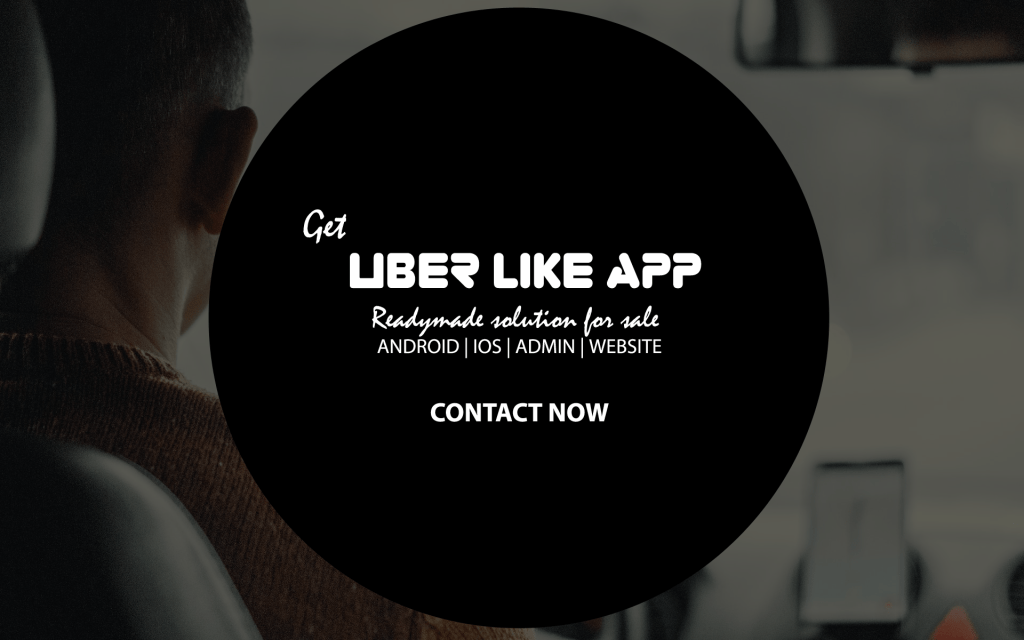Planning Roadside assistance Investment
Planning Roadside Assistance investmentIn recent years, the demand for roadside assistance services has increased significantly. To meet this demand, many companies have developed mobile apps that provide fast and reliable assistance to drivers who experience car trouble on the road. In this post, we’ll discuss the benefits of developing a roadside assistance mobile app, and the key features and considerations for businesses looking to develop their own app.
Benefits of a Roadside Assistance Mobile App
A roadside assistance mobile app provides planning Roadside Assistance investment many benefits to both businesses and their customers. Here are some of the key benefits of developing a roadside assistance app:
- Increased accessibility: With a mobile app, drivers can quickly and easily access roadside assistance services from anywhere, at any time.
- Faster response times: A mobile app can provide fast and efficient service, enabling drivers to get back on the road as quickly as possible.
- Improved customer experience: A mobile app provides a convenient and user-friendly way for drivers to request and receive roadside assistance services, improving the overall customer experience.
- Cost-effective: A mobile app can reduce the cost of providing roadside assistance services, by streamlining the process and minimizing the need for call centers and other support services.
Planning Roadside Assistance investment
One of the primary reasons why mobile app development is so important is the increasing use of mobile devices. In many countries, mobile devices have already surpassed desktop and laptop computers as the primary means of accessing the internet. This trend is only expected to continue in the coming years, making mobile app development a critical area for businesses and individuals to focus on.
Better User Experience
Mobile apps provide a more intuitive and streamlined user experience compared to mobile websites or desktop applications. By leveraging the unique capabilities of mobile devices, such as touch screens, location services, and push notifications, mobile apps can provide a more engaging and satisfying user experience. This can result in higher user engagement and customer satisfaction.
Enhanced Customer Engagement and Retention
Mobile apps can help businesses connect with their customers more effectively and keep them engaged with the brand. By providing personalized content and services, such as customized recommendations, loyalty programs, and in-app messaging, mobile apps can improve customer retention and keep users coming back for more. This can lead to increased brand loyalty and long-term customer relationships.
New Revenue Streams
Mobile apps can provide new revenue streams for businesses, through in-app purchases, advertising, or premium subscriptions. By offering unique features and value propositions, mobile apps can provide users with a reason to spend money within the app. This can provide a valuable source of revenue for businesses and individuals.
Competitive Advantage
Having a mobile app can give businesses a competitive edge over competitors who do not have one, particularly in industries where mobile usage is high. By providing a better user experience, personalized content, and new revenue streams, mobile apps can help businesses stand out from the crowd and attract and retain more customers.
Key Features of a Roadside Assistance Mobile App
When developing a roadside assistance mobile app, there are several key features that should be included to ensure the app is effective and user-friendly. Here are some of the most important features:
- Easy registration and login: A simple and intuitive registration and login process is essential for ensuring that drivers can quickly and easily access roadside assistance services.
- Request assistance: Drivers should be able to quickly and easily request roadside assistance services, including towing, jump-starts, tire changes, and more.
- Geolocation: The app should be able to pinpoint the driver’s location, enabling the service provider to quickly dispatch assistance to the right location.
- Tracking and notifications: Drivers should be able to track the status of their request and receive notifications when assistance is on the way.
- In-app payment: The app should provide a seamless and secure way for drivers to pay for roadside assistance services, either through a credit card or through a third-party payment platform.
Key Considerations for Roadside Assistance Mobile App Development
When developing a roadside assistance mobile app, there are several key considerations that businesses should keep in mind to ensure the app is effective and successful. These include:
- Choosing the right development team: Businesses should work with a team that has experience in developing mobile apps and understands the unique challenges of roadside assistance services.
- Ensuring data security: The app should be designed with robust security features to protect customer data and payment information.
- Adhering to industry regulations: Roadside assistance services are subject to strict regulations, and the app should be designed to comply with these regulations.
- Providing ongoing maintenance and support: To ensure that the app remains up-to-date and functional, businesses should provide ongoing maintenance and support services.

planning Roadside Assistance investment
Conclusion
Developing a roadside assistance mobile app can provide significant benefits to both businesses and their customers. By including key features such as easy registration and login, request assistance, geolocation, tracking and notifications, and in-app payment, and ensuring data security and compliance with industry regulations, businesses can create an effective and user-friendly app planning Roadside Assistance investment hat provides fast and reliable roadside assistance services to drivers in need.





 Mr. Abhinay is Managing Director at Appok Infolabs.
Having12+ years of experiance in AI. | VR. | ML. and Expertise in Cloud computing | Digital marketing | Search engine optimisation.
Mr. Abhinay is Managing Director at Appok Infolabs.
Having12+ years of experiance in AI. | VR. | ML. and Expertise in Cloud computing | Digital marketing | Search engine optimisation.